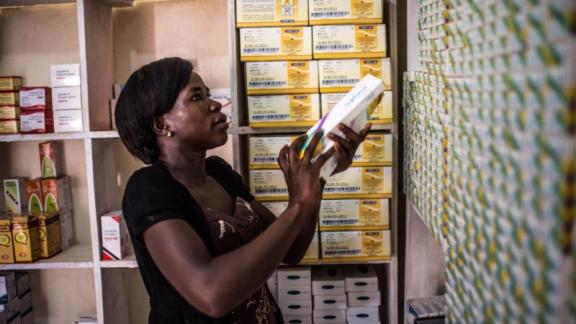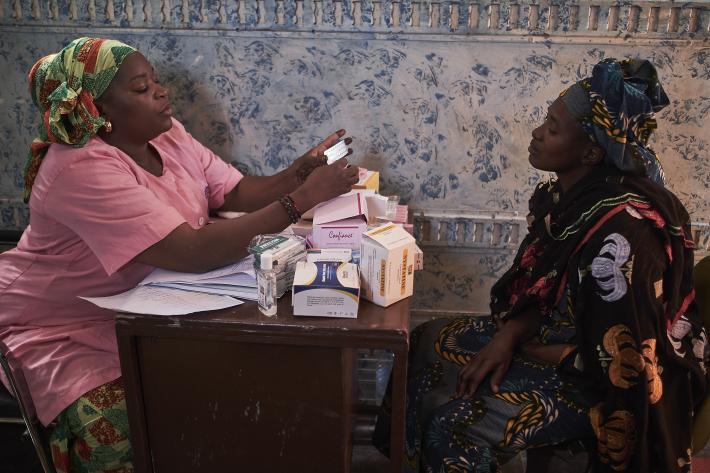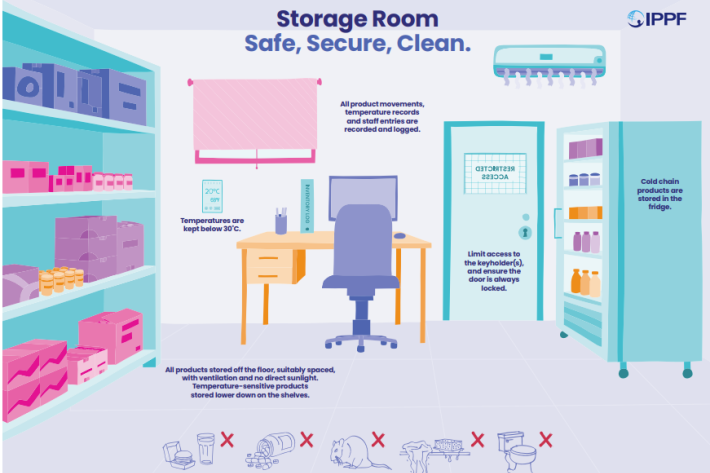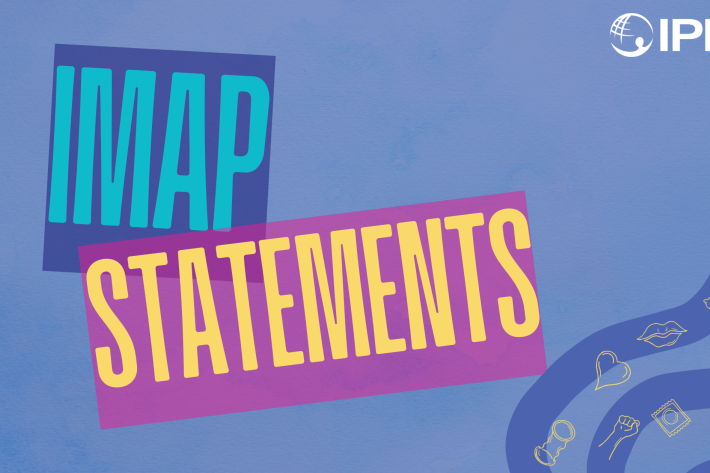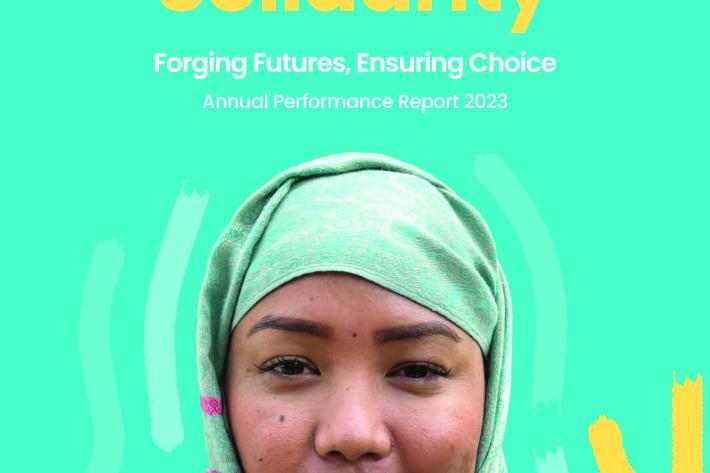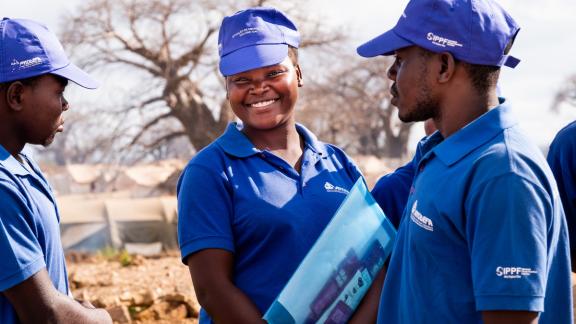Spotlight
A selection of resources from across the Federation
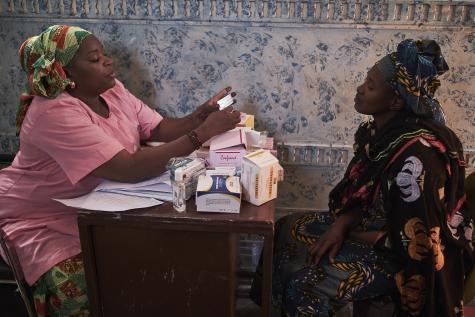
IMAP Statement on advances in emergency contraception
The purpose of this statement is to review newly published data on increasing the effectiveness of levonorgestrel emergency contraceptive pills by using pre‑coital administration or combined with a non‑steroidal anti‑inflammatory drug; the potential use of LNG‑ECP as a regular contraceptive method for infrequent sex; ulipristal acetate which is an established EC method and is now being studied combined with misoprostol for termination of early pregnancy; and the underutilization of low dose mifepristone as an EC method.
Filter our resources by:
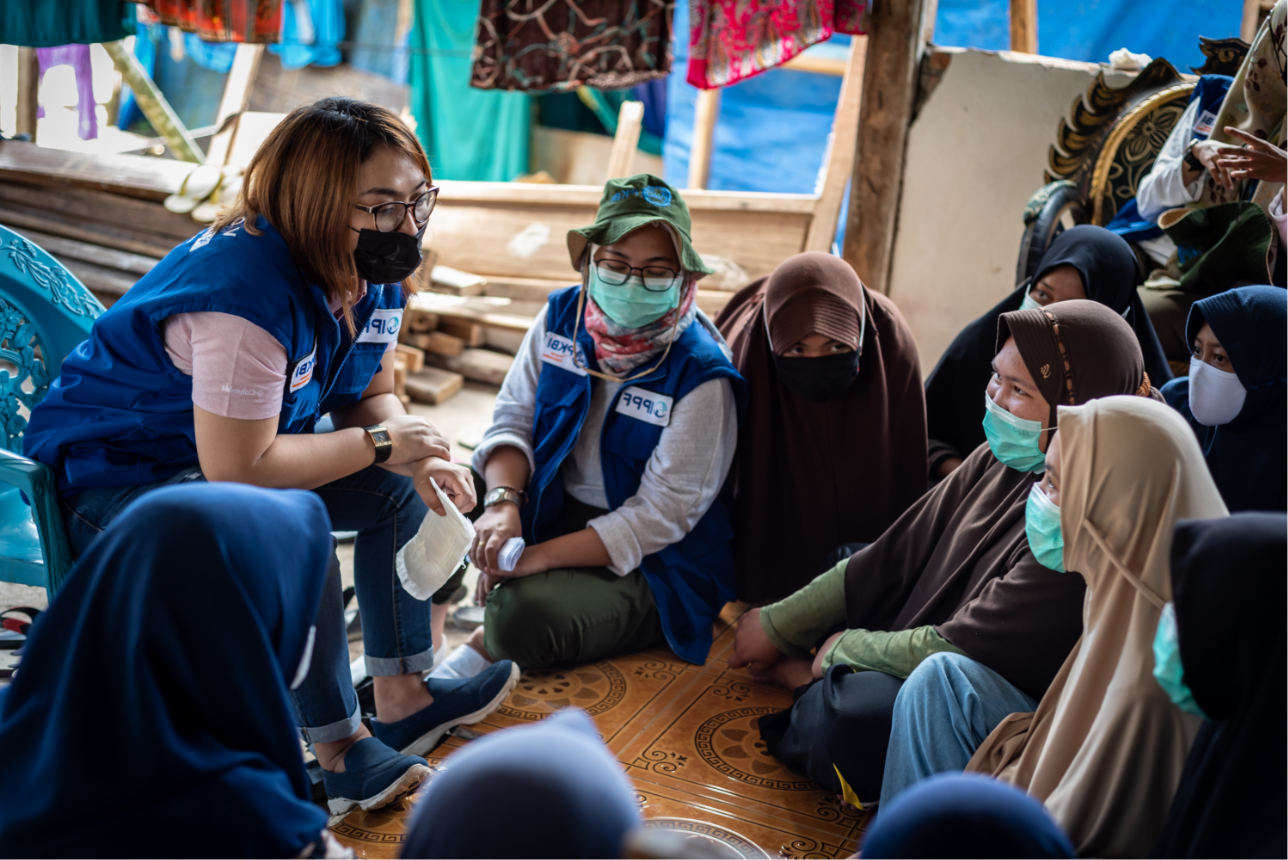

| 10 March 2014
Vision 2020 Landmark Report
This report – the first in our Vision 2020 series – focuses on why sexual and reproductive health and rights should be at the core of sustainable development from the outset. Without them, the lives of women and girls will be compromised, as will people’s ability to lift themselves out of poverty and to live sustainably within their resources. Our focus for this first report is goal 1 of Vision 2020 which calls on governments to ensure that by 2015 a new international framework includes sexual and reproductive health and rights as essential priorities.
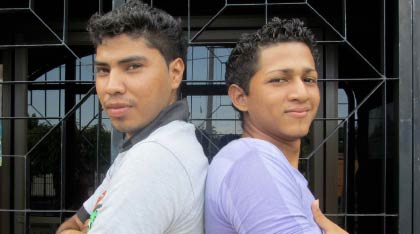
| 08 October 2013
Love, sex and young people: how to be a youth-centred organization
Watch the accompanying video report by the young people involved! Love, sexual rights and young people: learning from our peer educators how to be a youth-centred organisation celebrates the involvement of young people in planning, implementing and evaluating activities describes a participatory assessment methodology used in a multi-country project assesses the achievements of the A+ programme advocates for innovative strategies for all, including marginalised groups recommends using a gender-equity lens in all aspects of activity delivery Young people in these case-studies highlighted how marginalisation and exclusion affect young people’s sexual and reproductive health and rights. Peer educators identified groups of people who are particularly vulnerable, such as those living in rural areas and urban slums, and those involved in drugs, sex work and hard labour. The participants suggested new approaches combining income generation, education, access to services along with confidence building, and improving communication between girls, boys and adults in communities. A comprehensive report on a multi-country project: providing youth-friendly sexual and reproductive health services and comprehensive sexuality education; and advocating for the creation of safe spaces for young people. A youth centred approach to thinking, planning, management, programming and change is a way of working which promotes organisational development; and ways of working that are holistic, integrated, and not based on an issue or a target group. Many of the member associations involved young people in all aspects of the programme. In all settings young people worked alongside the programme staff to evaluate the impact of the project and to learn the best way in which to involve young people at all levels of youth programming. Work on sexual and reproductive rights is transformational, both psychologically and emotionally, when services expand beyond clinical treatment of illness alone. Sexual and reproductive health services can provide space where young people feel included, listened to, and able to express their concerns about relationships and sexual choices. Organisational issues are addressed including sustainability, communication, accountability, efficiency, effectiveness, financial issues and equity. Includes: a case study of an A+ project in Benin: ‘Rights and realities: strengthening adolescent sexual and reproductive health and rights in Benin’ a case study of an A+ project in Kenya: ‘No shame in reality: young people open up about sex, health and relationships in Oyugis, Kenya’ a case study of an A+ project in Nepal: ‘Hesitating at the door: differences in perceptions between genders and generations on sexual and reproductive health and rights in Kaski, Nepal' a case study of an A+ project in Nicaragua: ‘The better option: young people’s participation in sexual rights and services in Nicaragua’ a list of indicators to measure organisational commitment to youth programming a list of how things would be for young people in an ideal world a chart comparing the characteristics of an organisation beginning its journey towards being youth-centred and an organisation that is youth-centred
| 10 September 2013
At a Glance 2012
Key facts and figures highlighting IPPF's achievements in 2012. IPPF provided 112.7m sexual and reproductive health services and averted 550,000 unsafe abortions.
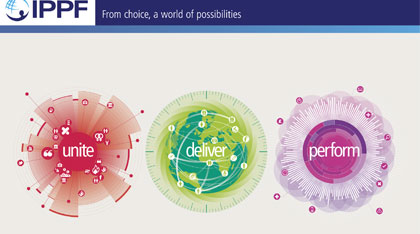
| 28 June 2013
Annual Performance Report 2012-13
2012 marked the first year implementing IPPF’s 3 Change Goals – Unite, Deliver and Perform. The Change Goals focus and prioritize our work in delivering our Strategic Framework 2005-2015, and results from 2012 show impressive performance across a range of indicators. In 2012, Member Associations contributed to 105 policy and/or legislative changes in support or defence of sexual and reproductive health and rights. IPPF’s Vision 2020 for sexual and reproductive health and rights articulates our demands in relation to the post-2015 development agenda, and we are working at all levels to influence the ICPD+20 process. Across a global network of service delivery points, including static and mobile clinics, community-based distribution and partnerships with the private sector, we provided 112.7 million sexual and reproductive health services, and 11.8 million couple years of protection. 80% of IPPF clients are either poor or vulnerable, and 40% are under 25 years old. Investment in robust systems and business processes optimize organizational effectiveness with a focus on performance-based funding and data driven decision making across all levels of the Federation. Our new Performance Dashboard enables us to monitor progress against annual targets for each of the three Change Goals to the end of 2015, when our current Strategic Framework ends.

| 16 April 2013
Vision 2020 Manifesto
In 2000 the United Nations launched the Millennium Development Goals. The world agreed to take action against poverty. Although progress has been made, we are still far from eradicating poverty. Sexual and reproductive health and rights (SRHR) are central to this vision. Sustainable development and gender equality will be achieved when everyone has access to sexual and reproductive health, the right to bodily integrity, and control over all matters related to their sexuality. Millions of lives have been saved and changed through reproductive health services. In many regions, laws and policies are in place to protect reproductive rights and prevent discrimination against women and girls. However, despite these advances there are still challenges: global funding for SRHR has decreased radically while 222 million women and girls world-wide still lack access to the contraceptives they want to use. The next few years will see the creation of a new development framework. This presents us with an unparalleled opportunity to secure a world of justice, choice and well-being for all. Ultimately, it will lead to sustainable development. IPPF is inviting partners and supporters in the development community and beyond to make these goals a reality in every community around the world. Sign up today to pledge your support. We'll keep you informed with latest news and details on how you can get involved.
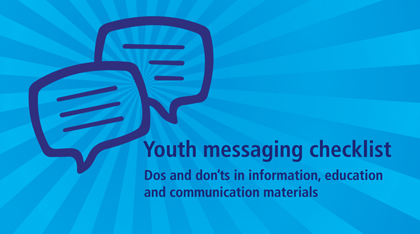
| 09 January 2013
Youth messaging guidelines checklist
Youth messaging checklist: dos and don’ts in information, education and communication materials encourages consistent use of positive, accurate and effective messaging for young people raises awareness of language that is stigmatising and undermines youth-friendly messages provides examples of language which reflect IPPF’s core principles explains the reasons why some words and phrases should not be used suggests simple rules for accessible, attractive visual design "Ensuring young people’s sexual and reproductive health and rights requires access to comprehensive, gender-sensitive and rights-based education and information." A checklist of dos and don’ts, language and messages for effective communication and education, addressing a lack of consistency in messaging across different IPPF Member Associations. Includes: checklists of messages to use and avoid, and preferred language across a range of topics: abortion diversity gender HIV and AIDS pleasure relationships sexual rights and sexual citizenship messages messages on violence sexual and reproductive health and rights and young people a checklist of dos and don’ts when selecting and using images, including links to online image libraries a checklist of dos and don’ts in design general dos and don’ts to consider when developing information, education, and communication materials for young people
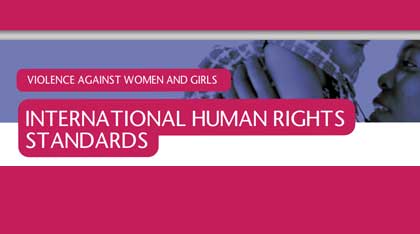
| 28 December 2012
International Human Rights Standards
International and regional law and policy has recognized the need for States to underpin their efforts to eliminate violence against women and provide protection with national action plans.

| 28 December 2012
Young women and violence
For many women and girls, their first sexual experience is forced. Almost 50% of all sexual assaults around the world are against girls 15 years old and younger. An estimated 150 million girls under 18 suffered some form of sexual violence in 2002 alone.

| 28 December 2012
Harmful traditional practices
All violations of women’s and girls’ rights may be described as harmful practices, but there are particular forms of violence against women and girls which are defended on the basis of tradition, culture, religion or superstition by some community members. These are often known as ‘harmful traditional practices.
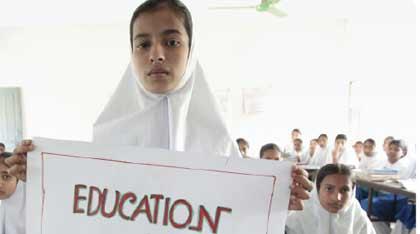
| 28 December 2012
Violence against women and girls: the facts
Violence against women is a fundamental barrier to eradicating poverty and building peace. It impoverishes individual women, and their families, communities and countries. We ask member states to take action against all forms of violence outlined in the UN Declaration on the Elimination of Violence against Women and recognize that violence against women and girls is both a development and a human rights issue.
Pagination
- First page
- Previous page
- …
- 30
- 31
- 32
- 33
- 34
- …
- Next page
- Last page







